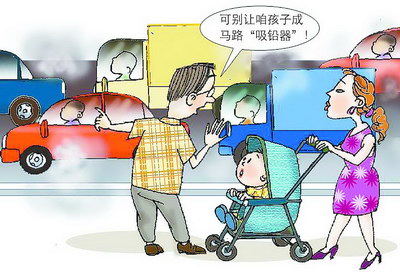Rather than restate every one, scientists decided to keep the inaccurate constant. "Thus," Tim Flannery notes, "every raw radiocarbon date you read today is given as too young by around 3 percent." The problems didn't quite stop there. It was also quickly discovered that carbon-14 samples can be easily contaminated with carbon from other sources—a tiny scrap of vegetable matter, for instance, that has been collected with the sample and not noticed.

For younger samples— those under twenty thousand years or so—slight contamination does not always matter so much, but for older samples it can be a serious problem because so few remaining atoms are being counted. In the first instance, to borrow from Flannery, it is like miscounting by a dollar when counting to a thousand; in the second it is more like miscounting by a dollar when you have only two dollars to count.











